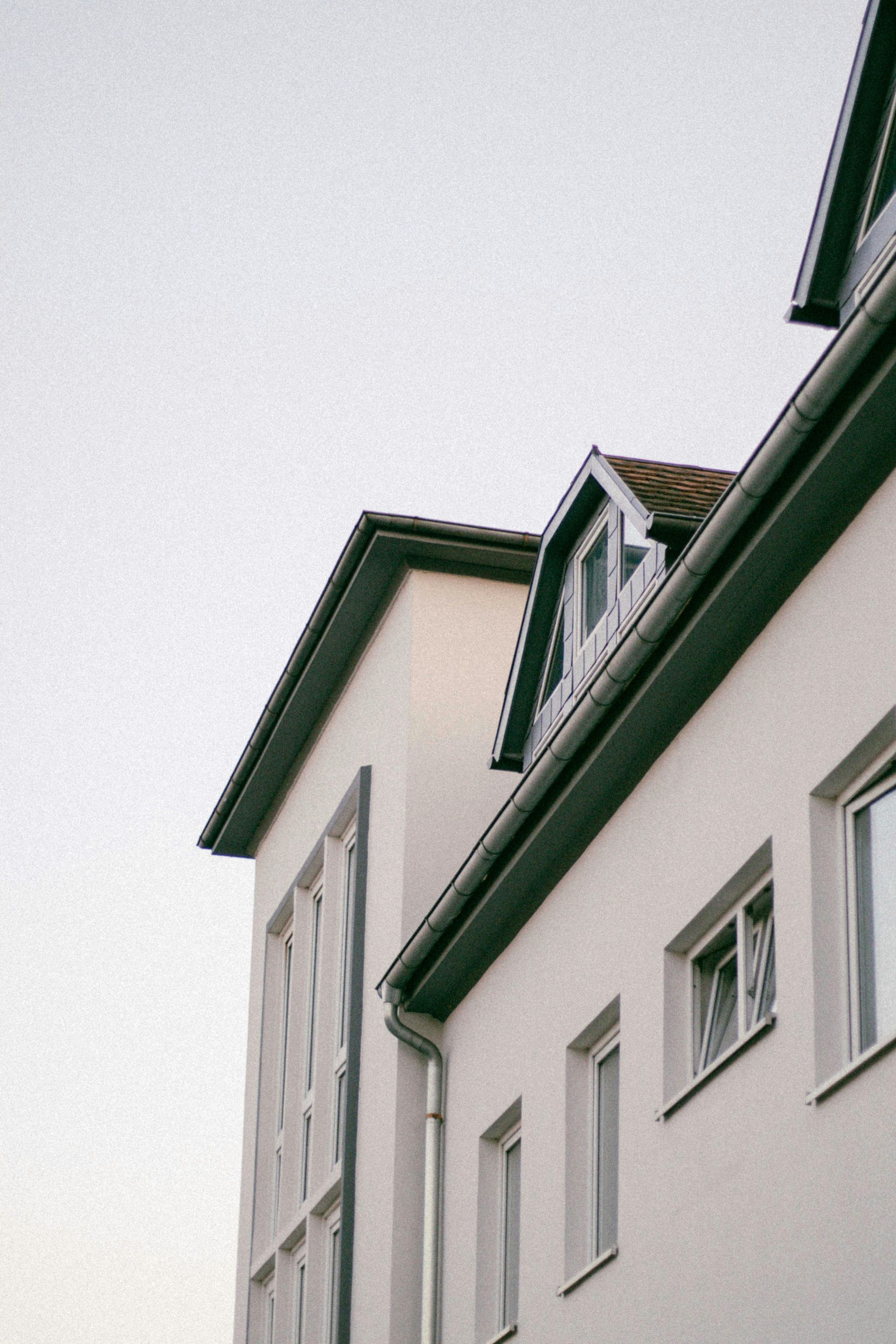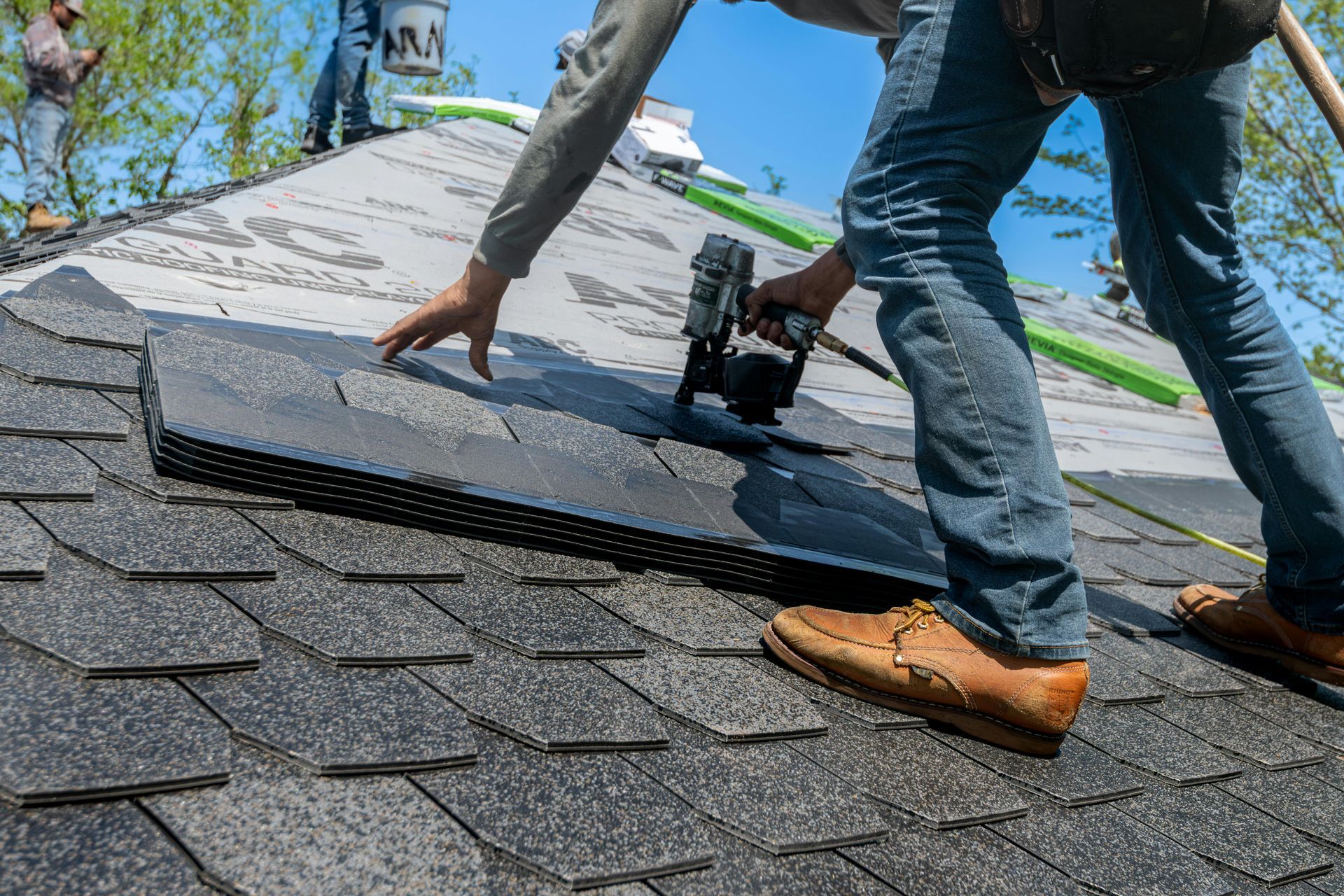How to Spot Roof Damage: Signs of Wear, Leaks, and Structural Issues
Roof damage isn’t always obvious - but catching it early can save Fredericton homeowners thousands of dollars in repairs while preventing serious problems like wood rot, mold growth, or insulation failure.
Our region’s four-season climate - marked by heavy snow, spring rain, and dramatic freeze-thaw cycles - can take a toll on even well-built roofing systems. Knowing what to look for and when to call a professional can help you extend the life of your roof and maintain your home’s safety and value.
Common Causes of Roof Damage in Fredericton
New Brunswick’s climate presents unique challenges for roofing materials. Understanding these stressors helps you identify the most likely sources of wear before they lead to leaks.
- Winter Snow and Ice Dams: Heavy snow accumulation and ice along roof edges can push water beneath shingles, weakening the underlayment and causing hidden leaks.
- Freeze-Thaw Cycles: Water that seeps into small cracks can freeze and expand, loosening shingles and widening gaps over time.
- Wind and Rain Storms: Gusty winds and driving rain can lift or dislodge shingles, especially on older roofs or those with worn flashing.
- Sun Exposure: UV radiation and high summer heat can dry out asphalt shingles, making them brittle, curled, or faded.
Each of these factors gradually reduces the roof’s protective barrier - which is why regular visual checks are essential, especially after major weather events.
Visual Signs of Roof Damage (From the Ground or Attic)
Performing a visual inspection at least twice a year - in spring and fall - helps you identify early warning signs. Use binoculars for safety, or inspect from the attic for a closer view of hidden issues.
1. Shingles and Roof Surface
Look for cracked, curled, or missing shingles, which often indicate age or storm damage. Bald spots, dark streaks, or uneven patches can also suggest that shingles are deteriorating. If you notice large amounts of granules in your gutters, your shingles may be nearing the end of their lifespan.
2. Flashing and Roof Penetrations
Inspect flashing around chimneys, vents, and skylights for rust, gaps, or missing sections. Damaged or dried-out sealant can allow water to seep into vulnerable areas, while exposed nails or cracks along roof valleys are early indicators of water intrusion.
3. Gutters and Downspouts
Check that gutters are securely attached and free of debris. Sagging, separation, or overflowing during rainfall can mean drainage issues - a common cause of leaks along eaves. Shingle granules in gutters are another red flag that your roof surface is breaking down.
4. Attic and Ceiling Interior
Inside your attic, look for damp insulation, discoloured wood, or mold growth. Musty smells or poor airflow often mean moisture is trapped beneath the roof. During daylight hours, turn off attic lights and check for beams of light shining through gaps - any visible light means water can get in, too.
Seasonal Roof Check Tips for Fredericton
Because of Fredericton’s variable weather, spring and fall are the best times to inspect your roof. After winter, look for signs of ice dam damage, loose shingles, or blocked vents. In fall, ensure that shingles are secure and gutters are clear before snow begins to accumulate.
If you spot damage early in the year, you’ll have plenty of time to make repairs before heavy snowfall or freeze-thaw cycles cause further deterioration.
When to Call a Professional Roofer
Some roof issues go beyond simple observation and require professional evaluation. Contact a local roofing contractor if you notice any of the following:
- Active leaks or water stains on ceilings and walls
- Sagging or uneven rooflines
- Ice dams forming in the same spot every winter
- Visible storm damage, such as torn shingles or bent flashing
Fredericton’s damp climate means that small leaks can quickly lead to rot or mold, especially in attics with limited ventilation. Don’t wait for visible damage inside your home - a timely inspection can prevent far more costly repairs down the road.
Professional Roof Inspections for Fredericton Homeowners
Altitude Roofing proudly provides expert roof inspections and repairs throughout Fredericton, New Maryland, Lincoln, and Oromocto. Whether you live in Marysville, Skyline Acres, or downtown Fredericton, our team can assess your roof for damage, identify problem areas, and recommend the right course of action before small issues become emergencies.
Stay proactive - your roof protects everything beneath it. Contact Altitude Roofing today to schedule a professional inspection and ensure your home stays safe, dry, and structurally sound through every season.
📞
Call us today or
book a free quote for peace of mind this season.


